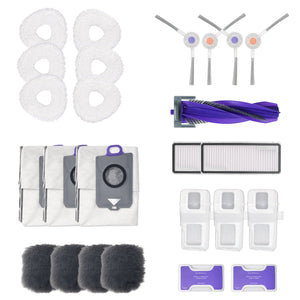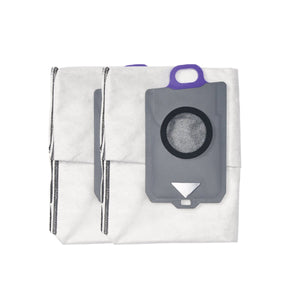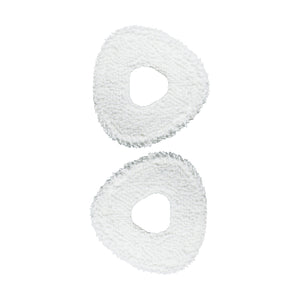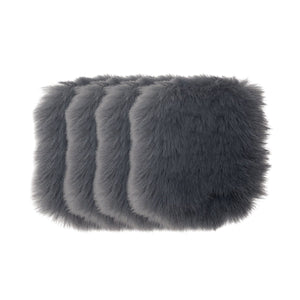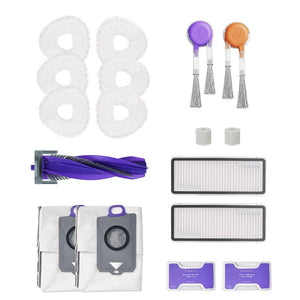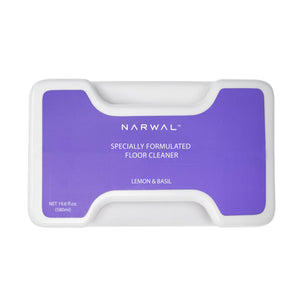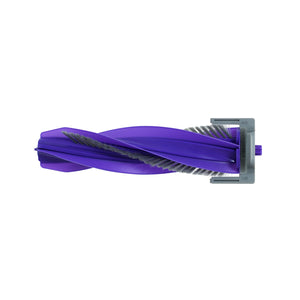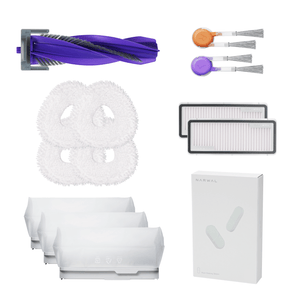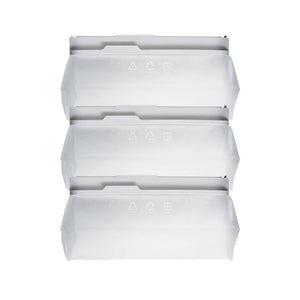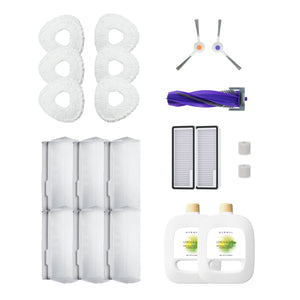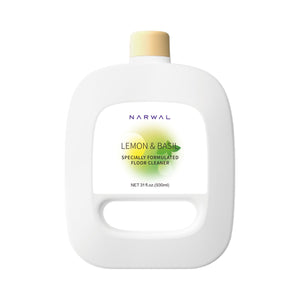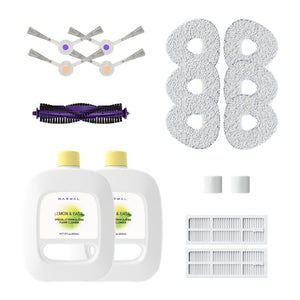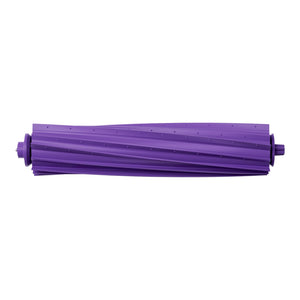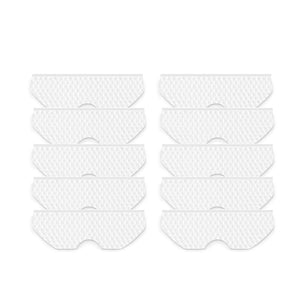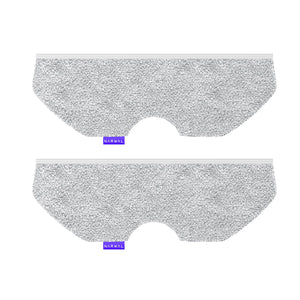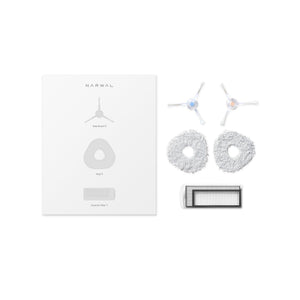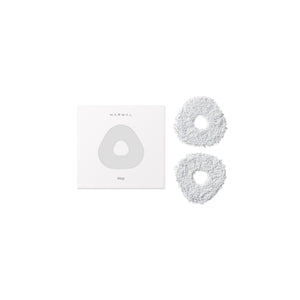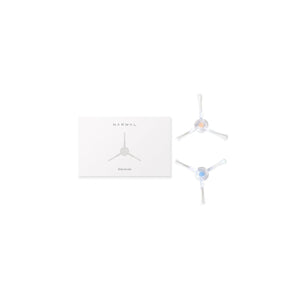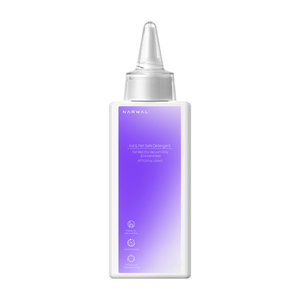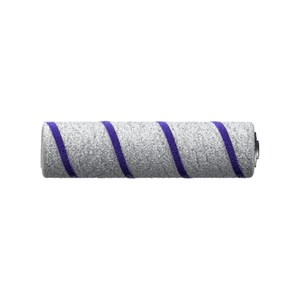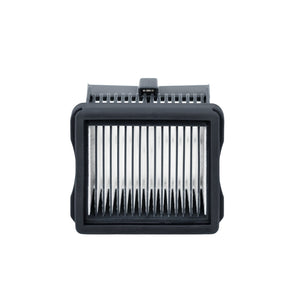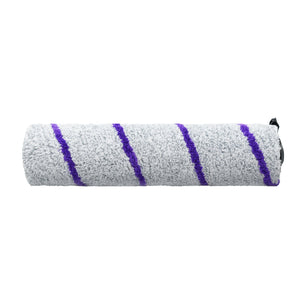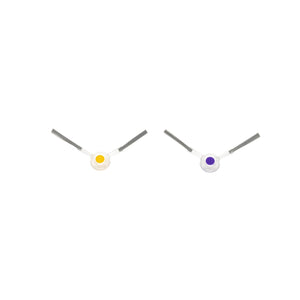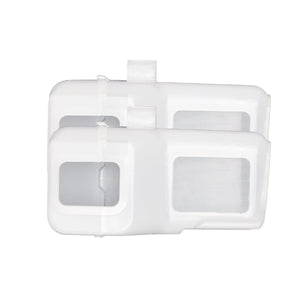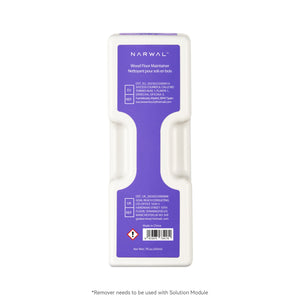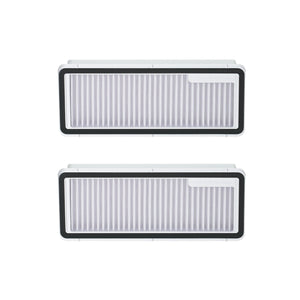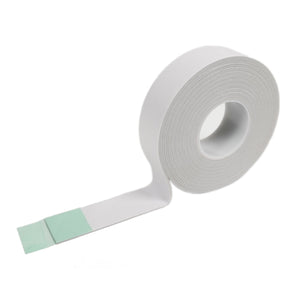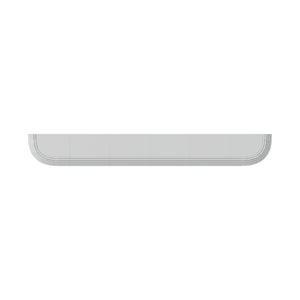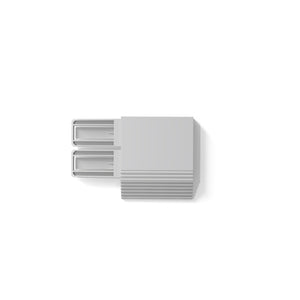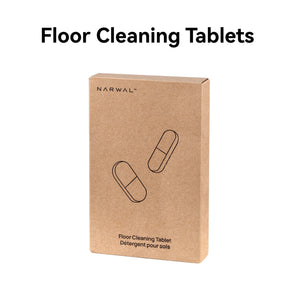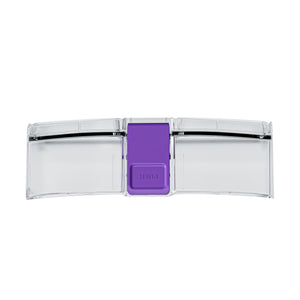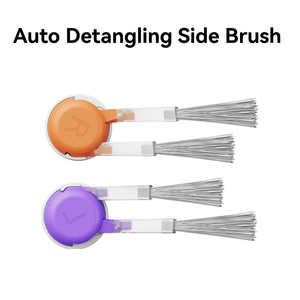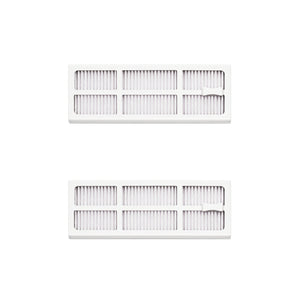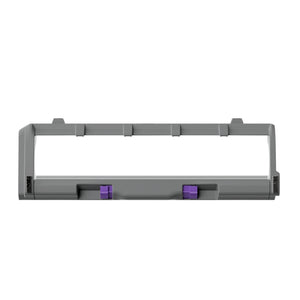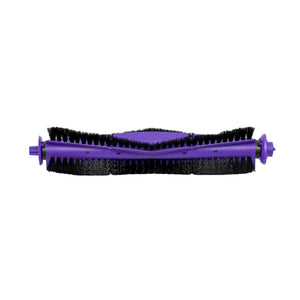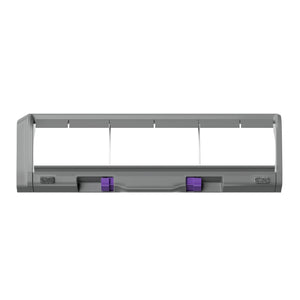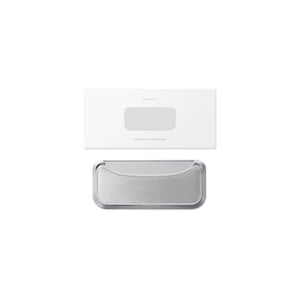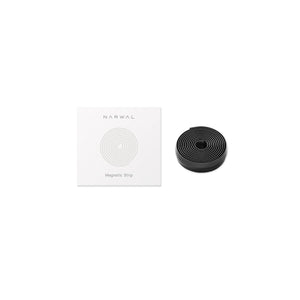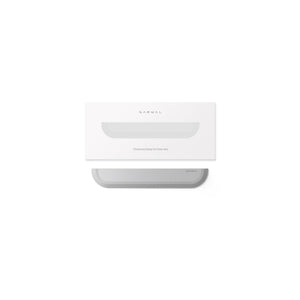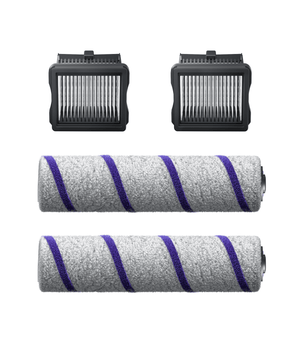What if your vacuum could learn from every cleaning session, adapt to your home, and handle the work while you relax? The future of robot vacuums is brighter than ever, and it’s all about smarter, hands-free cleaning.
AI and machine learning are revolutionizing navigation and cleaning, making robots more intelligent and efficient. Enhanced cleaning performance will allow vacuums to adjust to different dirt types and surfaces automatically. With autonomous cleaning, future models will take care of their own maintenance, and smart home integration will create seamless automation for your home. Innovations like stair climbing, commercial applications, and a compact design make robot vacuums more versatile than ever. Ready to discover how these advancements will change the way you clean? Keep reading to learn more.
AI and Machine Learning: Transforming Navigation and Cleaning
The future of robot vacuums is driven by artificial intelligence (AI) and machine learning. These technologies are transforming how robots navigate, map, and clean your home.
AI allows robot vacuums to understand and adapt to their environment. With advanced sensors, AI helps the robot create accurate maps of your home and navigate obstacles in real time. It continuously updates its path to clean more efficiently.
Machine learning enables the vacuum to learn from past cleanings. It remembers dirt patterns, identifies frequently dirty areas, and adjusts cleaning strategies accordingly. Over time, this means smarter cleaning with fewer adjustments needed from you.
Together, AI and machine learning are making robot vacuums more intelligent, efficient, and autonomous than ever before.For example, the Narwal Freo Z Ultra already leverages AI to make real-time cleaning decisions. With its dual RGB cameras and AI-powered navigation, it adapts to the environment, increasing suction or switching to mop mode when necessary. This smart cleaning is a glimpse into the future of robot vacuums, where autonomy and intelligence converge.
[cta:narwal-freo-z-ultra-robot-vacuum-mop]
Enhanced Cleaning Performance: Adaptive Features and Customization
In the future, robot vacuums won’t just be strong—they’ll be smart in how they clean. Upcoming models will feature enhanced sensors and tech for dynamic cleaning that adjusts to different conditions. Instead of simply moving around and vacuuming everything in its path, the vacuum will detect the type of dirt and automatically adjust its cleaning power.
Customization will also be a big focus. Homeowners will be able to adjust cleaning schedules, zones, and modes to fit their specific needs. If you want your vacuum to focus more on your high-traffic areas or clean your baseboards more thoroughly, these features will be easily customizable via a simple app.
Narwal’s Smart Swing Edge Cleaning technology is already helping to enhance cleaning near walls and baseboards. With this advanced feature, models like the Narwal Freo and Freo Z Ultra can swing their mop pads to clean areas that are traditionally hard to reach. This ensures that no corner or edge is missed, which will only become more efficient with future technology.
Autonomy: The Age of Hands-Free Cleaning
The dream of a fully autonomous home cleaner is quickly becoming a reality. In the future, robot vacuums will not only clean your floors but will also take care of their own maintenance. Think about a vacuum that cleans itself after every use, empties its dustbin, and dries its mop pads without you lifting a finger.
Currently, some robot vacuums can return to their charging stations and recharge automatically. However, future vacuums will do much more. They will detect when their brushes or mop pads need cleaning, perform the task themselves, and even dispose of the collected debris. This level of autonomy will make robot vacuums an integral part of home cleaning systems.
The Narwal Freo series is taking autonomy to new heights with its self-cleaning and self-drying mop feature. Once it finishes its cleaning cycle, it automatically washes and dries the mop pads at the base station. In the future, these types of self-maintenance features will become even more common, allowing robot vacuums to operate entirely hands-free.
Data-Driven Cleaning: Tracking and Analyzing Performance
Another exciting future development is the increased use of data analytics in robot vacuum cleaning. Robot vacuums of the future will collect cleaning data that can be analyzed to provide detailed reports. These reports will show how well your vacuum is performing, how much dirt it has picked up, and how much time it has spent cleaning each area of your home.
Along with cleaning reports, future robot vacuums will offer practical recommendations to users. For example, if a particular area of your home is consistently dirtier than others, the robot vacuum could suggest more frequent cleaning or even recommend a new cleaning schedule. Over time, this data will be used to optimize the cleaning process, ensuring that your home is always spotless with minimal intervention from you.
With Narwal’s Freo Z10, you already have access to detailed cleaning reports and cleaning history. These insights allow homeowners to track the robot's performance and adjust settings for improved results. As technology continues to advance, these reports will become more detailed, with even more personalized suggestions.
[cta:narwal-freo-z10-robot-vacuum-mop]
The Rise of Smart Home Integration: Seamless Automation
In the future, robot vacuums won’t work in isolation—they’ll become a key part of a larger, interconnected smart home system. They will work in harmony with other smart devices, such as thermostats, air purifiers, and lights, to optimize your living environment.
Your robot vacuum might begin cleaning automatically when you leave home, or when your smart thermostat senses that no one is around. It could even sync with your air purifier to clean up dust and particles more effectively, ensuring that your home stays fresh and healthy.
Furthermore, voice assistants like Alexa, Google Assistant, or Siri will play a bigger role in controlling robot vacuums. You’ll be able to say, “Hey Siri, start cleaning the living room,” and the vacuum will respond accordingly. This integration will make managing your cleaning chores even more seamless.
Narwal’s Freo models already offer smart home integration, allowing you to control the vacuum through apps or voice assistants. The Freo X Plus also lets you create customized cleaning schedules through the app, making it part of your home’s larger automation system. As voice integration and smart home technology continue to improve, robot vacuums will seamlessly blend into everyday life.
Addressing Potential Concerns: Cost and Accessibility
As with any new technology, some might wonder about the cost of future robot vacuums. While it's true that current models can be expensive, as the technology matures and production scales up, prices will likely become more affordable. In fact, Narwal has already introduced robot vacuums with advanced self-cleaning and high-tech features at competitive prices, proving that affordability and innovation can go hand-in-hand.
Some might also question whether such advanced technology will be widely accessible. As we’ve seen with past tech advancements, the cost typically decreases as the technology becomes mainstream. With robot vacuums becoming more popular and integrated into our daily lives, it’s likely that these innovations will soon be available to a broader range of consumers.
Stair Climbing and Floor Switching: A New Frontier for Robot Vacuums
Future robot vacuums will tackle a big challenge: cleaning multi-level homes. Currently, most models can only handle flat surfaces. But with improvements in sensors and AI, robot vacuums will soon be able to climb stairs and move between different floors without issue.
Imagine a vacuum that can automatically detect stairs, adjust its movements, and seamlessly switch between levels in your home. This innovation will make your vacuum more efficient, ensuring it covers all areas of your home without extra effort on your part. As technology improves, this feature will become standard, making cleaning even more convenient.
Commercial Applications: Expanding the Reach of Robot Vacuums
Robot vacuums are not just for homes anymore. As the technology evolves, more industries are looking to use robots for commercial cleaning. Whether it’s in hotels, healthcare, or retail, robots can enhance cleanliness and efficiency.
In hotels, robot vacuums can clean large areas quickly, improving overall operations. In healthcare, they can maintain sterile environments by cleaning waiting rooms and hallways automatically. Retail stores can also benefit, as robot vacuums help keep floors clean without interrupting customers.
As the tech improves, expect robot vacuums to become an integral part of commercial cleaning, ensuring better hygiene and reducing the need for manual labor.
Compact Design: Space-Saving Innovation
Robot vacuums today are designed to fit easily in any home, even if space is tight. Their compact size allows them to navigate under furniture and clean areas that larger vacuums can’t reach.
Even with their small size, these vacuums don’t sacrifice performance. They still clean thoroughly, are easy to store, and are perfect for apartments or homes with limited space. This space-saving design makes robot vacuums more convenient, no matter where you live.
The Current State of Robot Vacuum Technology
Most models on the market now come with advanced sensors, mapping systems, and long battery life. They can navigate around furniture, detect obstacles, and even clean specific areas more thoroughly with customizable modes.
However, there are still limitations. For instance, battery life can sometimes fall short in larger homes, and cleaning efficiency varies on different floor types. Despite these advances, much of the technology still requires human input, especially when it comes to multi-floor homes or more complex cleaning tasks.
But this is all changing. In the coming years, robot vacuums will become smarter, more efficient, and even more autonomous, reducing the need for intervention from homeowners.
Can robot vacuums be eco-friendly and use sustainable materials in the future?
Yes. Future robot vacuums are expected to feature eco-conscious designs, including sustainable materials, lower energy use, and less waste production. Manufacturers are already working on incorporating recyclable materials, and as sustainability becomes a priority, these devices will be designed to have a minimal environmental impact.
Conclusion: A Smarter, Easier Future for Home Cleaning
Robot vacuum technology has a promising future ahead. With advancements in AI, machine learning, and smart home integration, robot vacuums will become smarter, more autonomous, and better equipped to meet the diverse needs of homes everywhere. As these technologies continue to evolve, cleaning your home will become more efficient, convenient, and hands-free than ever before.
Whether you’re looking for a smarter cleaning solution, a more efficient way to manage your home or a hands-free lifestyle, the future of robot vacuums promises a level of convenience that will make traditional cleaning feel like a thing of the past. The question isn’t whether robot vacuums will change our lives—it’s how quickly we’ll all embrace this new era of cleaning.













